Snipe Builders: Zeltic
SnipeToday asked Maria and Javier a few question about Zeltic Snipe, a company based in A Coruna, on the Atlantic coast of Spain. ST: Can you tell us about the history of the company? Who is the founder of the company? I am Javier Miranda and I was born into a family of Snipe sailors and for a time all four brothers and my father were all sailing Snipe class boats. Today one of them continues racing actively in the Snipe class. I began sailing in the Optimist class, in which I won several championships. I later became Spanish Champion in the Cadet class just when I was starting to sail in Snipes with my father. As a junior skipper, I came third in a Spanish Championship and also qualified for a European Championship. I continue to sail today, training on and testing our boats.
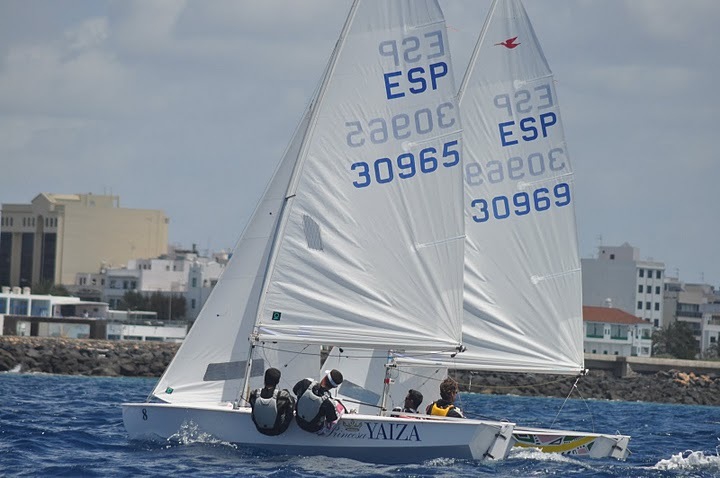

SnipeToday asked Maria and Javier a few question about Zeltic Snipe, a company based in A Coruna, on the Atlantic coast of Spain.
ST: Can you tell us about the history of the company? Who is the founder of the company?
I am Javier Miranda and I was born into a family of Snipe sailors and for a time all four brothers and my father were all sailing Snipe class boats. Today one of them continues racing actively in the Snipe class. I began sailing in the Optimist class, in which I won several championships. I later became Spanish Champion in the Cadet class just when I was starting to sail in Snipes with my father. As a junior skipper, I came third in a Spanish Championship and also qualified for a European Championship. I continue to sail today, training on and testing our boats.
Sail JRC was established in 2005 as a boatyard and sailmaker. In the beginning, the boatyard was dedicated to building Optimist class boats and to restoring sailing boats.
ST: When did you start to produce Snipes?
In 2007 we decided to extend our line of boats by introducing other classes. Our previous experience and knowledge of the Snipe class made it the logical choice. Following an in depth analysis of the class rules we decided to create a totally new model, with the maxim: it should be innovative, durable and be made using the latest technology.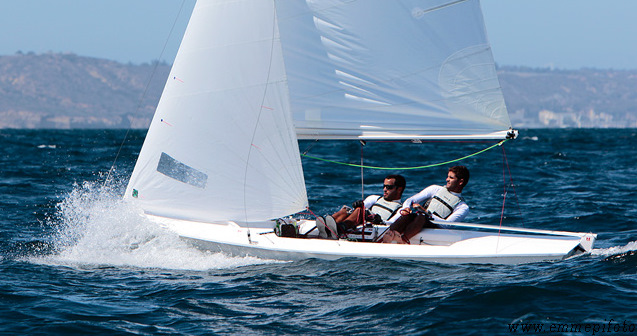
ST: Can you describe the project?
We invested almost two years in developing this new model. The first attempt did not make it past the mould-building stage due to lack of consistency. We finally contracted a computer expert in NX software who didn’t have any previous knowledge of boats, which was a distinct advantage. We could develop our ideas for the boat without any preconceptions from the technician.
ST: Which methods do you use to build the boat?
We try to guarantee the complete symmetry of lines as well as the perfect alignment of rudder, daggerboard slot and mast. The alignment of the daggerboard slot and the mast partner is controlled by a laser. A laser is also used to position the gudgeons for the rudder. The hull and the deck are made of a continuous sandwich of closed cell PVC foam and vacuum sealed. The curing process is done inside a room where temperature and humidity are strictly controlled.
ST: What do you can tell us about the hull design?
We wanted a boat that was fast at average Snipe race wind-speeds: 10-15 knots, while maintaining performance at both light and strong wind speeds. So the hull has maximum volume in the bow, and maximum width at the back part of the flat bottom. All the surface planes are positive, and the chines are sharpened for a fast and responsive boat.
ST: For the Snipe sailors the deck design is very important for comfortable hiking and trimming. Could you describe the deck’s design?
The cockpit is very similar to the old Perssons. It has an automatic bailer system of our own design, which can be opened or closed by the skipper from the deck. The front half of the deck is like most of today’s decks. But the skipper area has been extended to the maximum possible for greater mobility when tacking. We decided to keep the position of the jib sheet points of the Perssons, as we understand that it is the optimum one; and we designed a layout for the jib sheet system that allows to the crew to trim it both fore and aft and laterally without moving from the opposite side.
Every Zeltic owner can completely customize the layout of the boat. We have designed several systems that make trimming easy, including a system for the precise adjustment of the jib halyard.
ST: Did you also design the foils?
The Zeltic centerboard is designed in house. The aluminum plates are calibrated to perfect flatness before entering the machine that tapers the edges. Once tapered, the boards are anodized. For the rudder, we designed it to the fastest profile option between 1 and 12 knots with a very small progressive loss up to 16 knots, the speed that we think is the maximum speed of a Snipe sailing. Obviously it is a very delicate rudder, especially on the aft edge, but this makes it extremely quick and responsive.
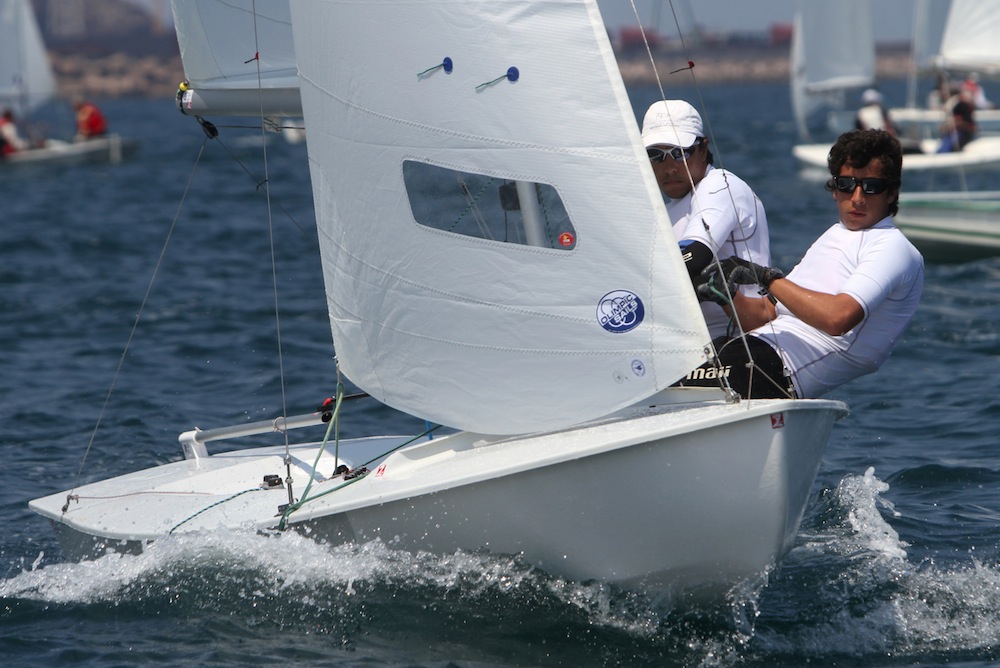 ST: Can you list the main achievements of your Snipes in the recent years?
ST: Can you list the main achievements of your Snipes in the recent years?
From its launch in February of 2009 the Zeltic Snipe has continuously improved. In its first outing at a World Championship (San Diego 2009), a Zeltic Snipe won a race and got 11th overall. In 2010 our boat won four national championships, a first and second in the Spanish National Open and a third and fourth in the European Championship. In 2011, our boats won a European Masters Championship and the World Championship, in addition to a fifth position in Rungsted, Denmark.
ST: For the future how many boats do you plan to build?
The exceptional care we take in the building of every one of our boats guarantees quality and symmetry, but it also means that our production is limited to 9 units a year. And this is the line that we want to maintain, since it allows a very close relationship with our clients.
Comments for this post are closed

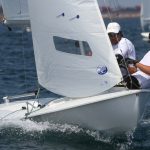
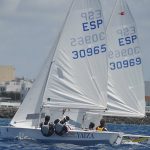
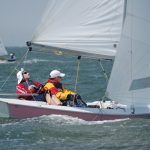
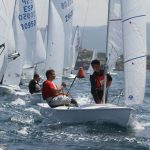
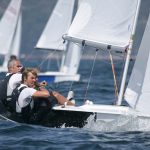
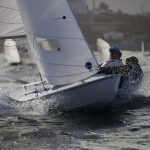
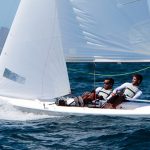
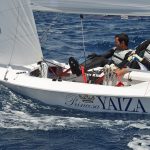
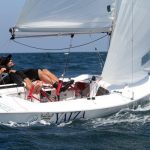
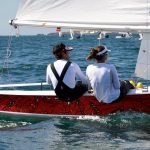
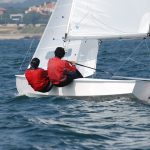
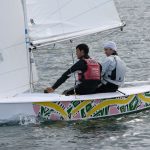
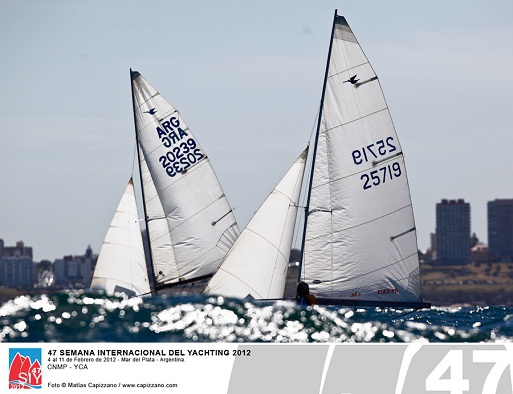
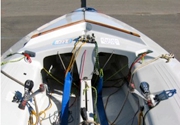
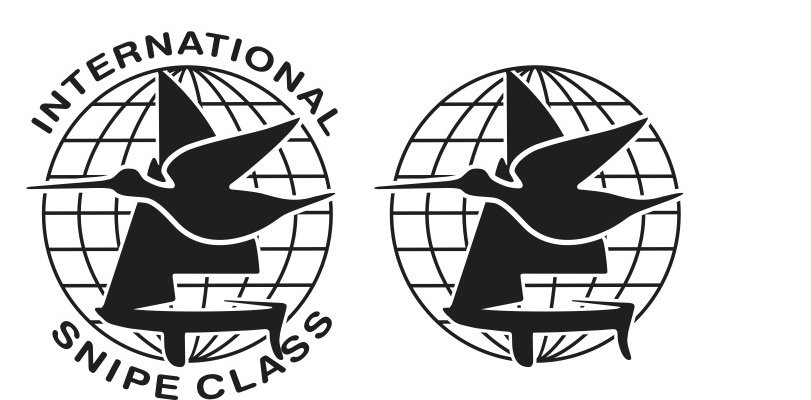
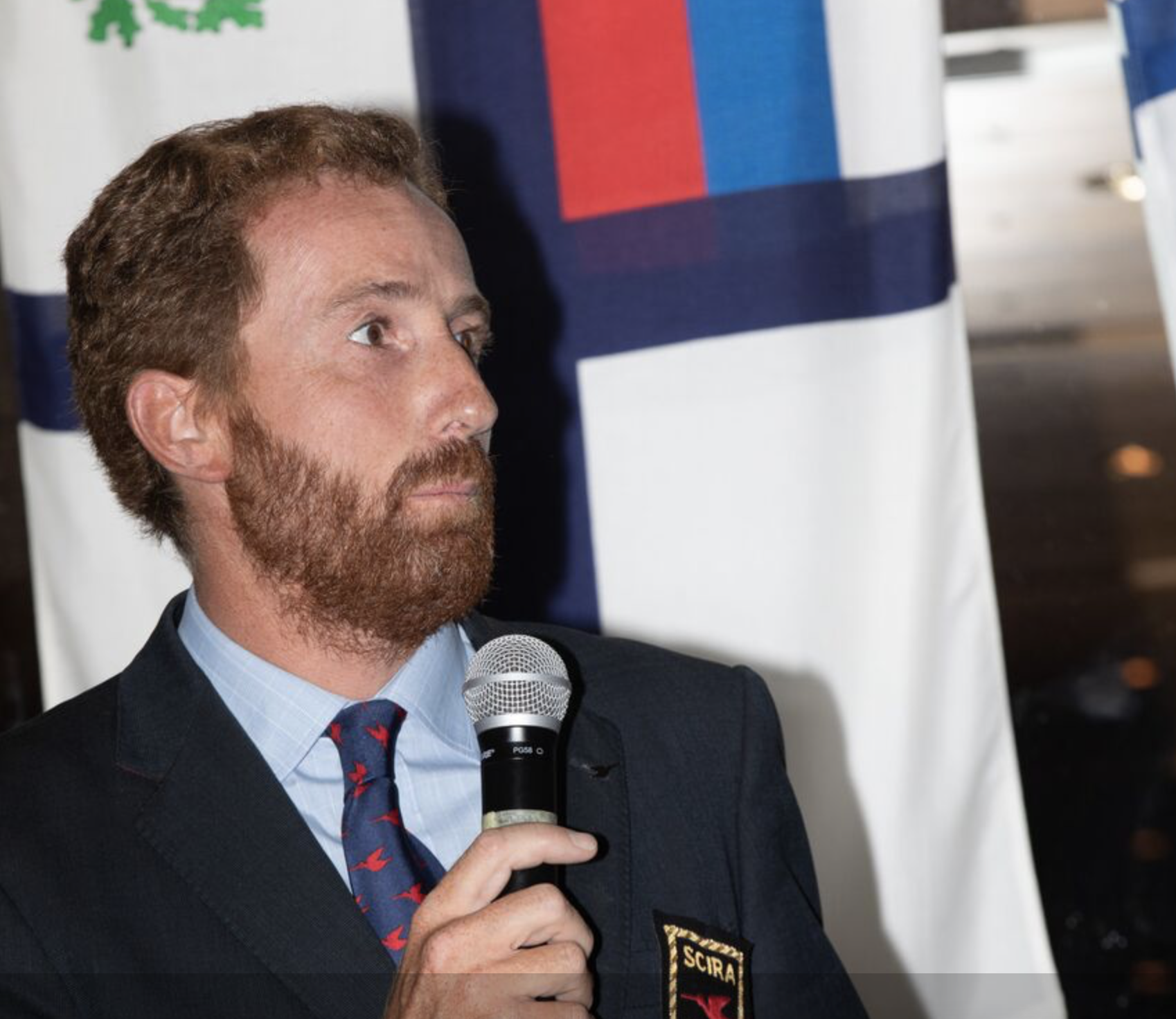
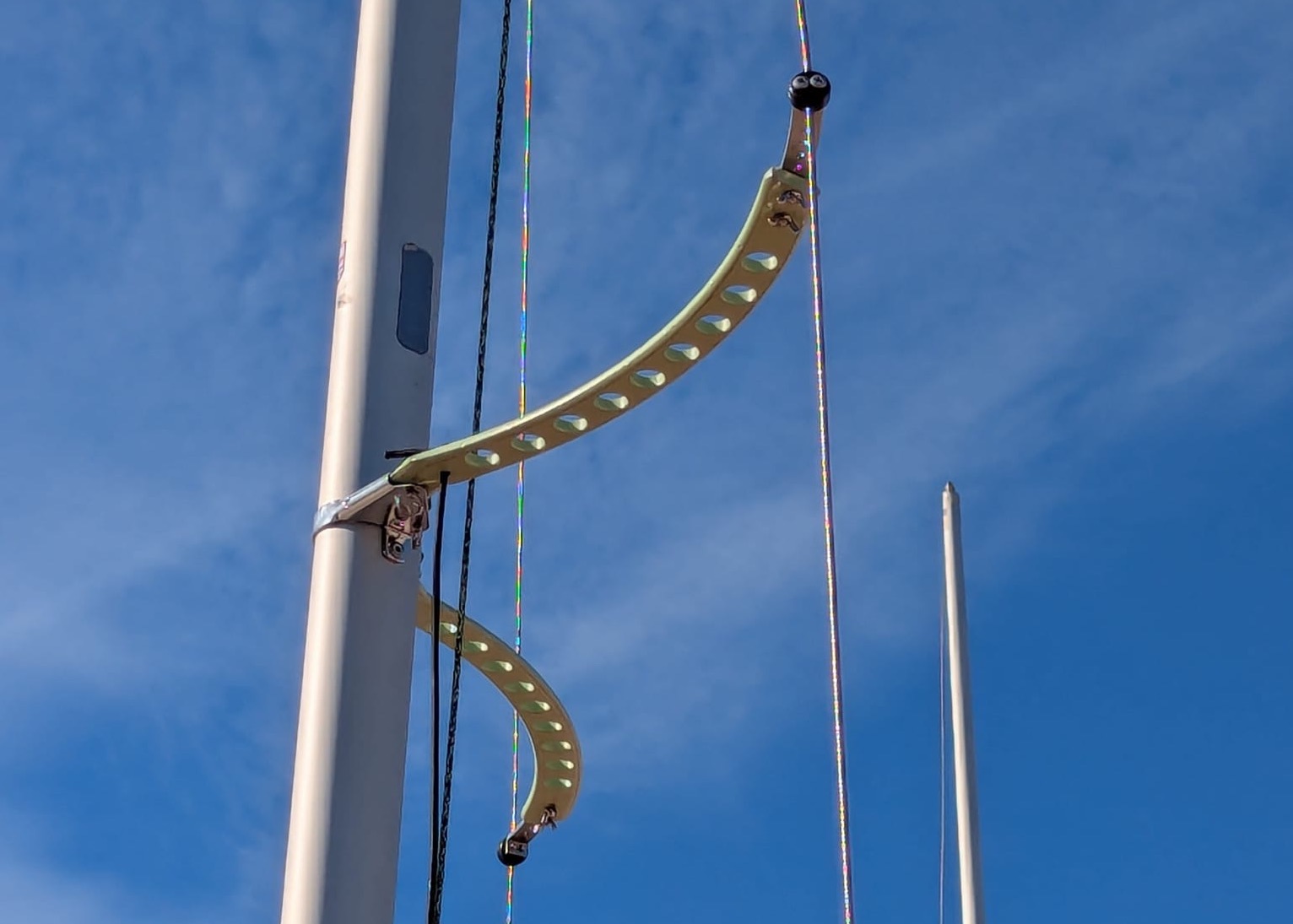
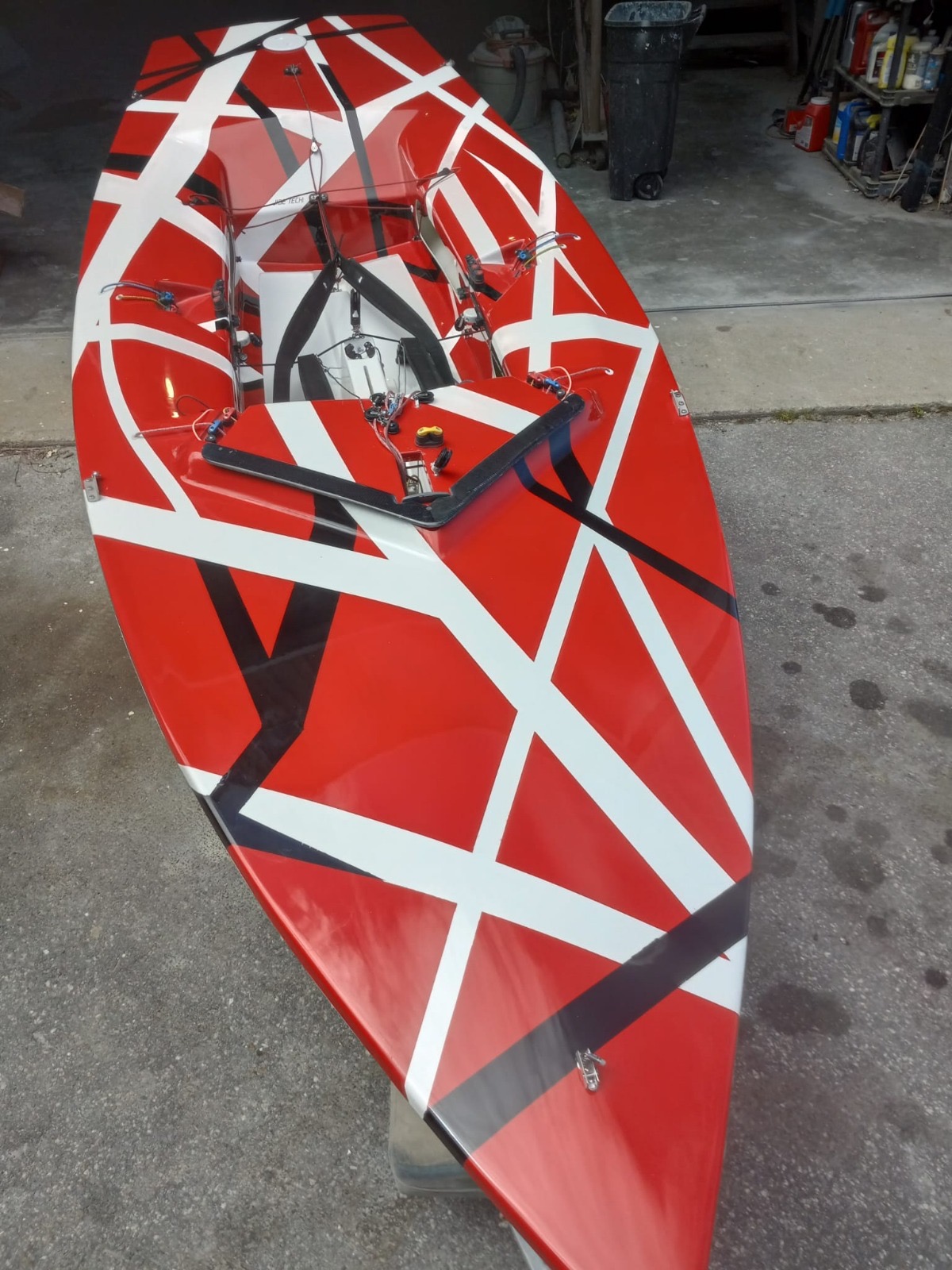
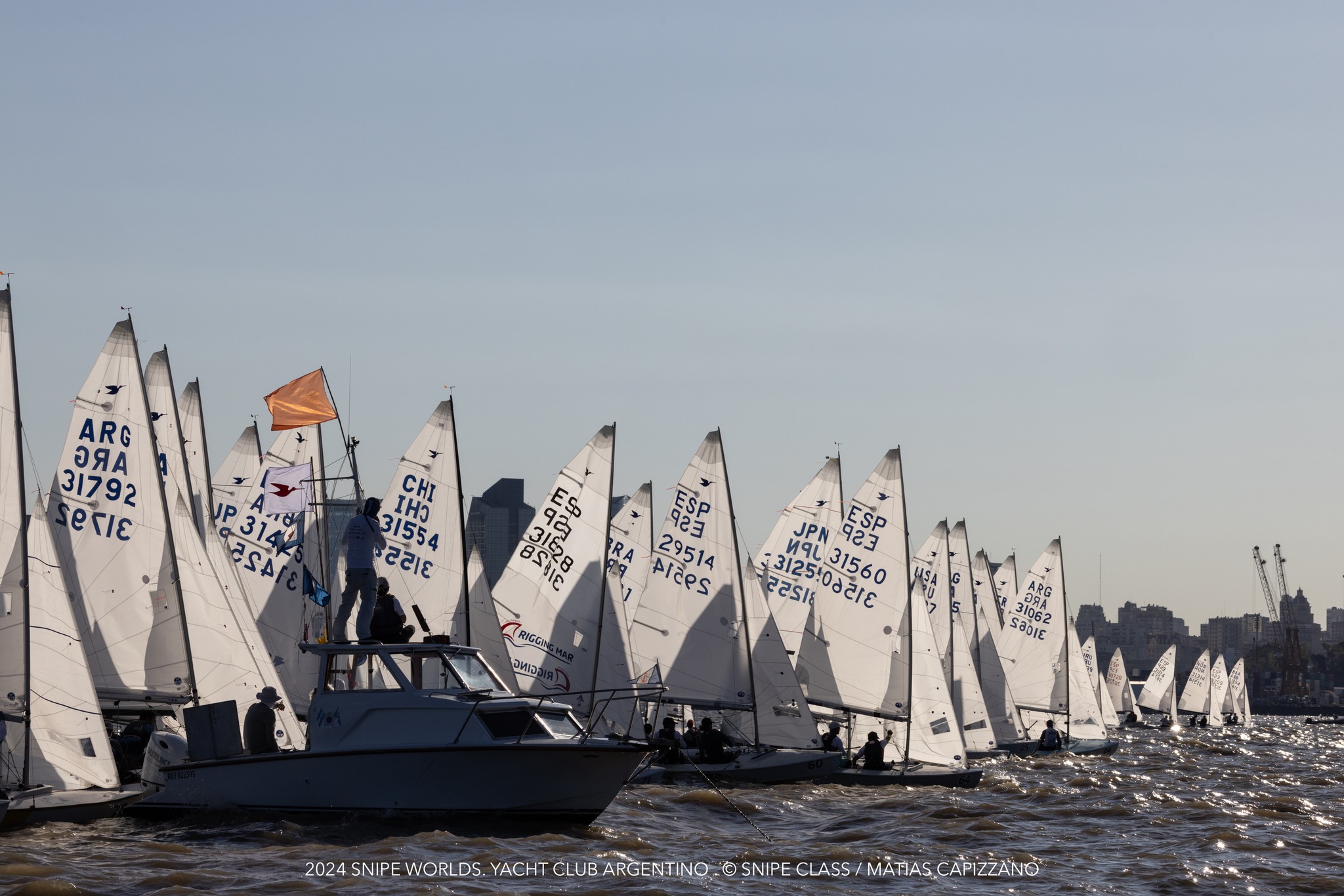
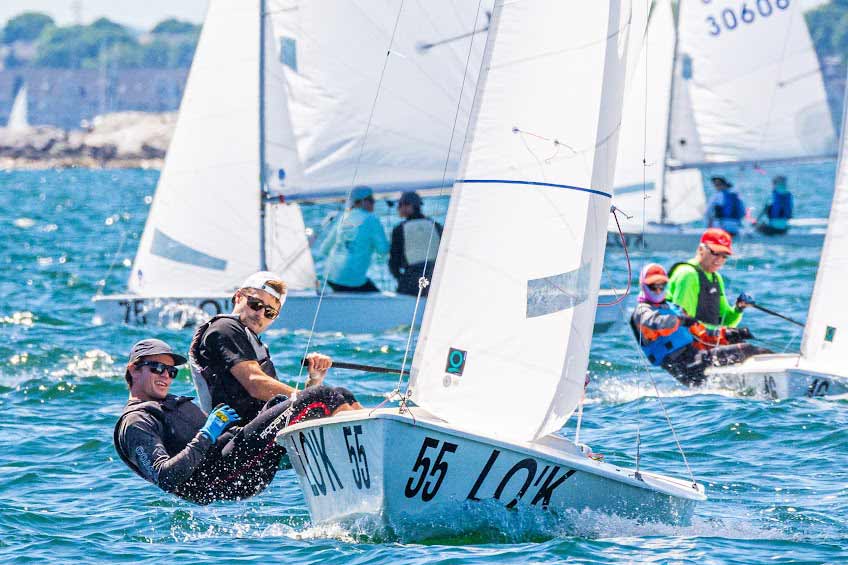
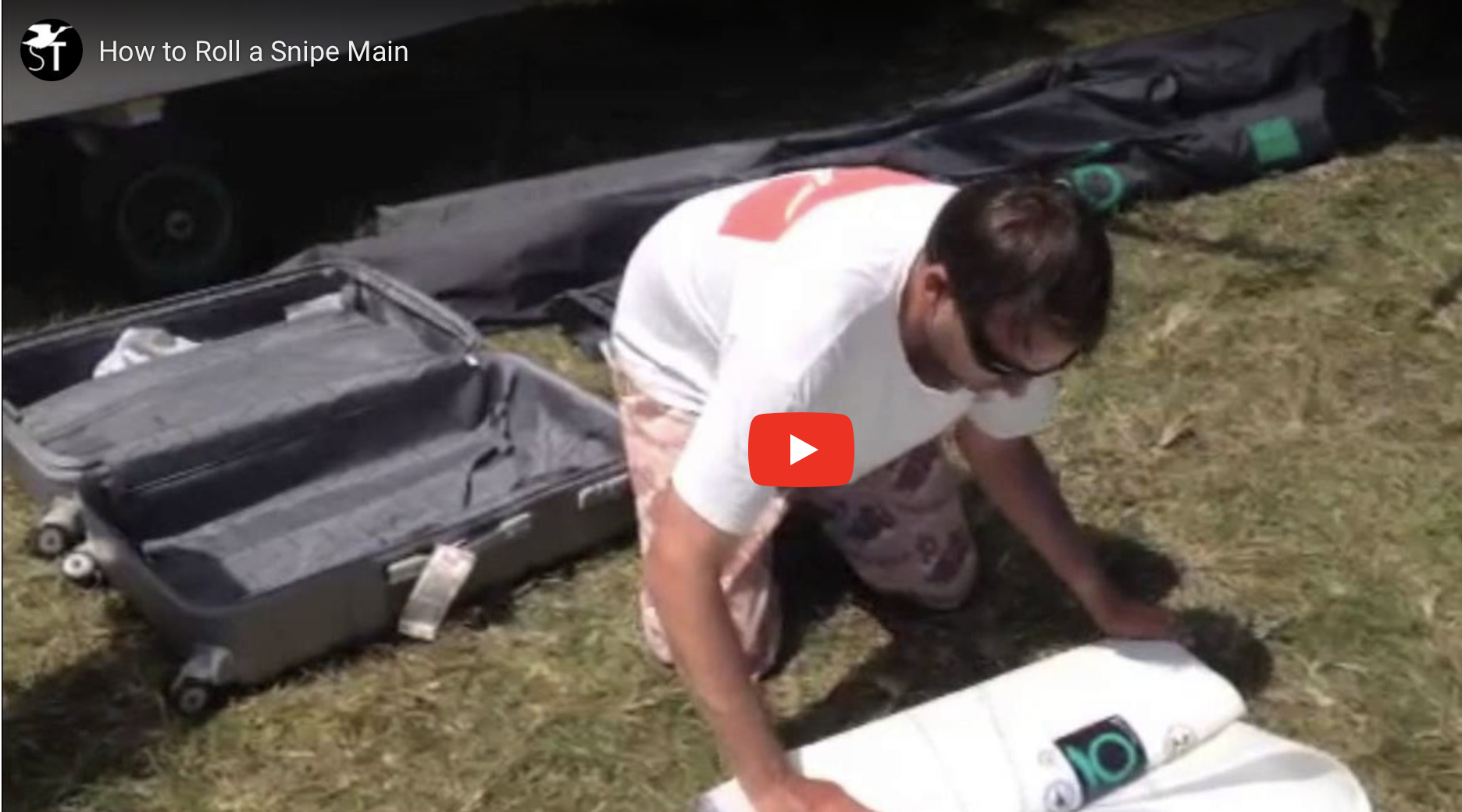
0 comments